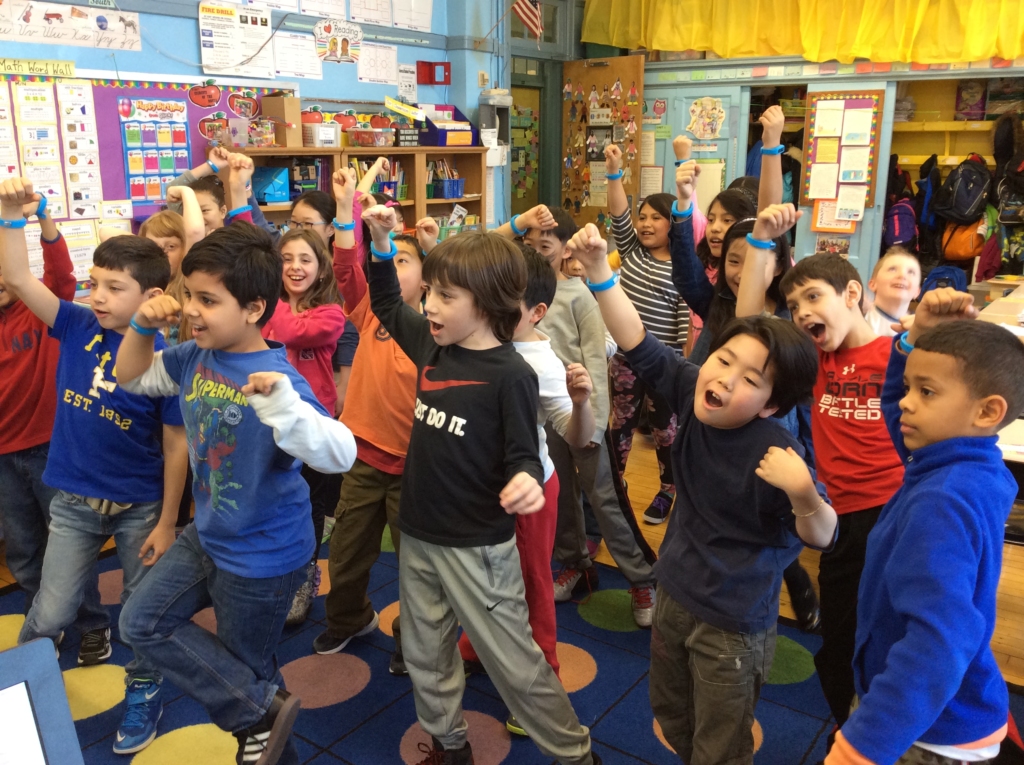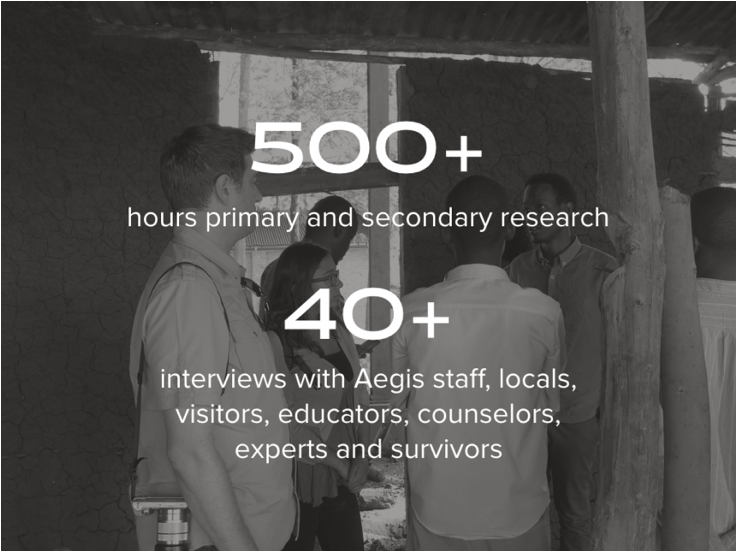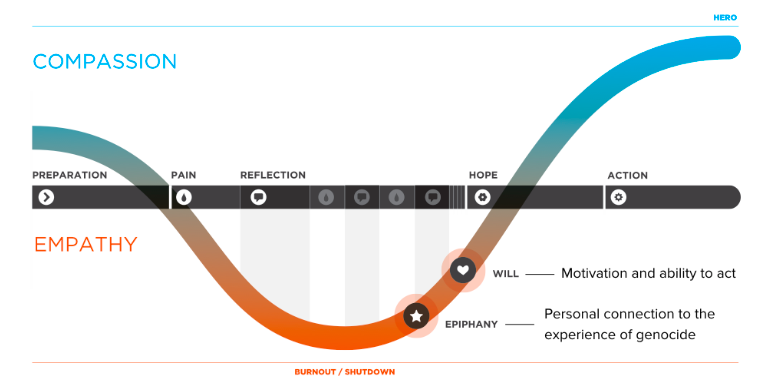
UX is an empathetic and user centric approach of designing products and services for users. It is highly used in resolving complex problems associated with the usability of products and services in digital spaces. However, there are many other conflicting problems faced by the society outside this ‘Digital World’, which requires our immediate attention. Can we possibly use UX to address these complex social challenges ? Can we use UX to bring social change? Can we use ‘UX for Good’?
The answer to these questions is ‘YES’.
Design agencies like IDEO, Daylight and Smallspaces are ideating services and products for social impact using combination of experience design, design thinking and other design principles.
This article highlights the use of UX for social good through products/services that incorporated user experience design for development.
Why UX for Social Impact?
Design as a discipline is being used to counter social challenges by developing products.However, it just improves the life of people who used these product. But to initiate a social change/impact, this isn’t enough.
To create a social impact, it is important that we motivate people to perform certain ‘Actions’ which, in turn would lead to social change.
The user centric approach of designing products would help to identify how users could be motivated to perform certain actions. Thus, I believe that the process of user experience design is a perfect fit.
Experiences for Social Good
UNICEF Kid Power Band
Mission- Giving Kids the power to save lives
Company – Daylight and UNICEF
The UNICEF Kid Application tracks the physical activity of a kid through the UNICEF Kid Power Band. After completion of a mission (physical activity), the kids earn points for their mission and this unlocks therapeutic food packets for severely malnourished children around the world.
This experience is an initiative to motivate physical activity of kids in United States and teach them the importance of being a global citizen.
It was interesting to see that the impact itself acted as a motivator for the kids to perform an ‘Action’ (physical activity).
“Badges are cool, but they don’t really help anyone. I would rather earn more food for other kids.” –
-Anna, age 10
It seemed that they conducted user research to understand their target audience (kids) and capitalized on the analysis that kids inherit desire to help their peers. Also the application was designed to give a feel of an adventure and travel app which additionally helped the entire experience.
http://www.daylightdesign.com/work/unicef-kid-power/
Genocide Museums in Rwanda, Germany
Mission- Improve the experience of visitors at Genocide Museum
Organization – UX for Good
The museum basically educates the visitors about the horrors of the 1994 Rwandan genocide against the Tutsi in the hopes of inspiring change. Nearly one million people were killed due to the unfortunate incident. However, the visitors were emotionally broken after learning the facts, artifacts and stories about the mass atrocity .
‘UX for Good’ incorporated user experience design process where they conducted user research and determined that the experience lacked moments to reflect, and to share stories of hope. Maintaining the balance between empathy and compassion during the entire experience was the key. Incorporating the newly designed plan of the entire experience lead to visitors being motivated to do ‘act for humanity’.
The museum underwent a digital transformation as well which helped them to stay connected with their visitors and spread words of hope for humanity. During the process, they also produced the ‘Inzovu Curve’ that helped modify the experience design. It also helped designer map the emotional impact of institutions around the world.
Conclusion
UX design encompasses before, during and after designing process of the product/service. This aspect of the UX process makes it very flexible to be incorporated in different forms and capacities. I think UX research specifically played a major role in designing products and services for social impact. Also, in both the projects, it was cited that the impact of the product/service on the target audience was recorded to understand whether the design served the purpose. So how can we address social challenges? I think, UX is a good place to start from.
References
http://ghouse.org/category/ux-for-good/
https://blogs.adobe.com/creativecloud/designing-for-action-not-reaction-ux-for-good-and-the-kigali-genocide-memorial/
http://www.daylightdesign.com/work/unicef-kid-power/
https://www.artefactgroup.com/articles/designing-social-change/
https://www.linkedin.com/pulse/future-museums-social-impact-ux-phygital-alin-tocmacov/
Capturing social value in UX projects, Andrew Mara, Miriam Mara


